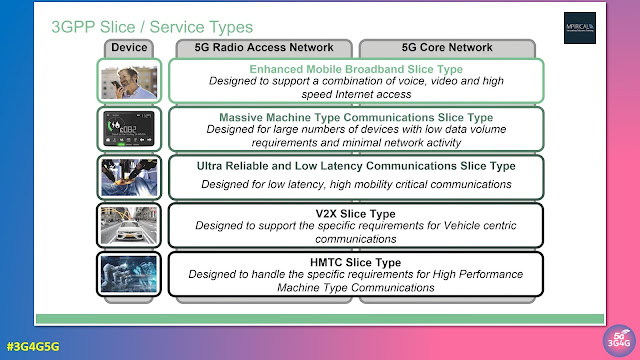Location Services (LCS) have been standardized by 3GPP across all major generations of cellular technology, including 2G (GSM), 3G (UMTS), 4G (LTE), and 5G. These services enable applications to determine the geographical location of mobile devices, facilitating crucial functions such as emergency calls, navigation, and location-based advertising. The consistent adoption of standardized protocols ensures interoperability, scalability, and reliability, empowering mobile operators and device manufacturers to implement location services in a globally consistent manner.
The evolution of LCS technology has seen remarkable advancements with each generation of cellular networks. Early implementations in 2G and 3G relied on basic techniques such as Cell-ID, Timing Advance, and triangulation, which offered limited accuracy and were suitable only for rudimentary use cases.
The introduction of LTE in 3GPP Release 9 marked a significant improvement, integrating support for regulatory services like emergency call localization and commercial applications such as mapping. LTE networks commonly employ global navigation satellite systems (GNSS), like GPS, to determine locations. However, alternative methods using the LTE air interface are crucial in scenarios where GNSS signals are obstructed, such as indoors or in dense urban environments. An LTE network can support horizontal positioning accuracy of 50m for 80% of mobiles and a vertical positioning accuracy of 5m and an end-to-end latency of 30 seconds.
5G networks have further improved LCS with high-bandwidth, low-latency communication and architectural enhancements. These innovations enable critical applications like autonomous vehicles, smart cities, and industrial IoT. In Release 15, 5G devices support legacy LTE location protocols through the Gateway Mobile Location Centre (GMLC). From Release 16, the Network Exposure Function (NEF) streamlines location requests for modern applications. A 5G network is expected to deliver a horizontal positioning accuracy of 3m indoors and 10m outdoors, a vertical positioning accuracy of 3m in both environments and an end-to-end latency of one second.
The standardization efforts of 3GPP have ensured that location services meet stringent requirements for accuracy, privacy, and security. Emergency services, for instance, benefit from these standards through Enhanced 911 (E911) in the United States and similar mandates globally, which require precise location reporting for mobile callers. Furthermore, standardization fosters innovation by providing a common foundation on which developers can create new location-based services and applications. As cellular networks continue to evolve, 3GPP’s standardized LCS will remain a cornerstone in bridging connectivity with the physical world, enabling smarter, safer, and more connected societies.
Mpirical recently shared a video exploring the concepts and drivers of Location Services (LCS). It's embedded below:
If you want to learn more about LCS, check out Mpirical's training course on this topic which seeks to provide an end to end exploration of the techniques and technologies involved, including the driving factors, standardization, requirements, architectural elements, protocols and protocol stacks, 2G-5G LCS operation and location finding techniques (overview and specific examples).
Mpirical is a leading provider of telecoms training, specializing in mobile and wireless technologies such as 5G, LTE, and IoT. They boast a course catalogue of wide ranging topics and technologies for all levels, with each course thoughtfully broken down into intuitive learning modules.
Related Posts:
- The 3G4G Blog: Short Tutorial on Mission Critical Services in LTE and 5G
- Connectivity Technology Blog: How is Fixed Wireless Access (FWA) deployed?
- The 3G4G Blog: UE Assistance Information in LTE and 5G
- The 3G4G Blog: EPS Fallback Mechanism in 5G Standalone Networks
- The 3G4G Blog: Is there a compelling Business Case for 5G Network Slicing in Public Networks?
- The 3G4G Blog: IP Multimedia Subsystem (IMS) Support for Service Based Architecture (SBA)
- The 3G4G Blog: Network Slicing using User Equipment Route Selection Policy (URSP)
- 3G4G: 5G Security Overview by Mpirical

























